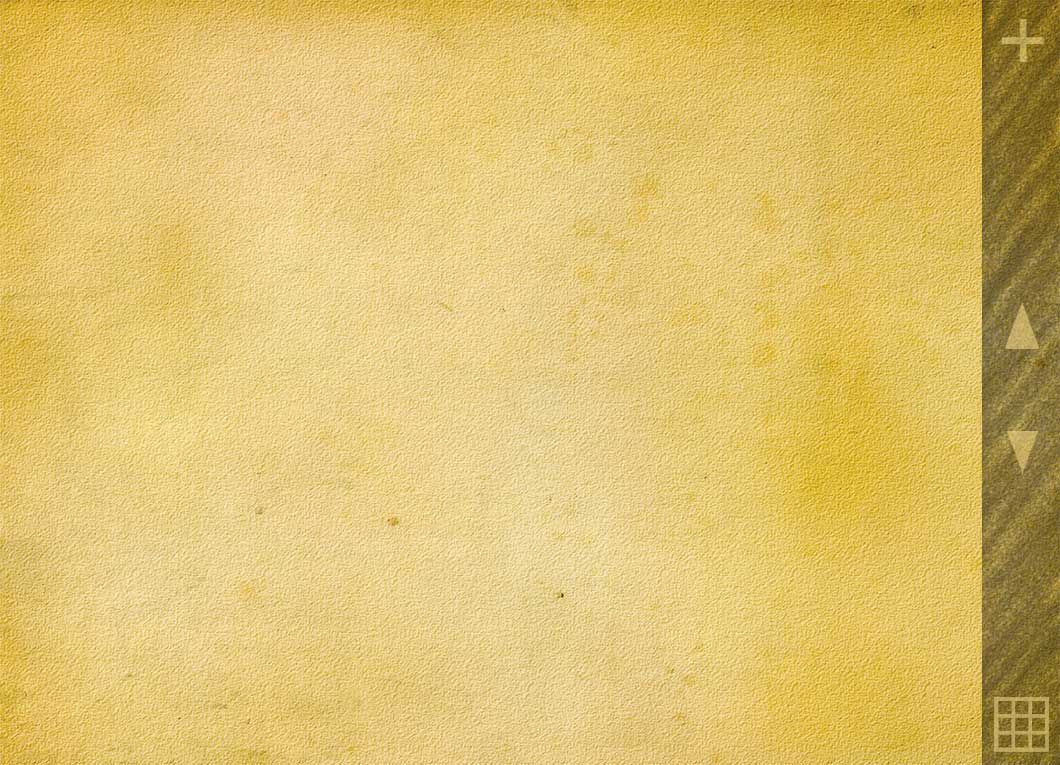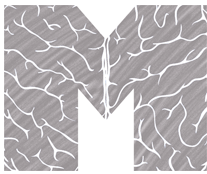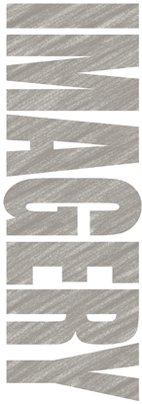
Systole & Diastole
The human heart has four chambers and two halves. There are two areas of entry for blood: the right atrium and the left atrium. There are two major pumping areas: the right ventricle and the left ventricle. The right ventricle provides the momentum for pulmonary circulation. The right ventricle pumps deoxygenated blood out of the heart by pushing it through the pulmonary trunk and pulmonary arteries and sending it to the lungs. The left ventricle provides the momentum for systemic circulation. It sends newly oxygenated blood through the aorta on its way to the body.
Interestingly, "atrium" is itself a Latin word meaning "central court or main room of an ancient Roman house, room which contains the hearth." In fact Aristotle, and later Galen, believed that the heart is the source of the body's heat. Aristotle proposed that passions originate in the heart. The word "ventricle" comes from Latin as well, ventriculus, meaning, "stomach."
The pumping action of the heart, the cardiac cycle, occurs in five phases. The two most responsible for the movement of blood are known as systole and diastole. One systolic event plus one diastolic event creates a single heartbeat. The frequency of these events is known as the heart rate. The cardiac cycle is coordinated by electrical impulses originating in the sinoatrial node and the atrioventricular node. Unlike other cells in the body, the cells of the heart are able to contract and expand on their own without external nerve impulses.
As the phase of diastole begins, the whole heart are relaxed and the ventricles are filling with blood. The atrioventricular valves are open. These AV valves include the (1) mitral valve, which is between the left atrium and the left ventricle, and (2) the tricuspid valve, which is between the right atrium and the right ventricle. The semilunar valves are open. Semilunar valves include (1) the aortic valve, which is between the left ventricle and the aorta, and (2) the pulmonic valve, which is between the right ventricle and the pulmonary artery.
During the systole the atria contract and compress to push the blood with an additional filling of the ventricles. The atrioventricular valves are closed. The semilunar valves are closed.
According to Regina Avraham, in her book, "The Circulatory System" (2000. Philadelphia, PA: Chelsea House Publishers), a kitchen faucet would have to be turned on all the way for over 45 years to equal the amount of blood pumped by the heart in an average lifetime.
© 2000 Columbia Healthcare EHC, illustrated by Laura Maaske - Medimagery LLC.
(click the plus in the upper right corner to return to the illustration)

We specialize in highly interactive dynamic medical illustrations for both print and e-publishing. Content is dynamic and interactive, or traditional. Illustrations are prepared for advertising, pharmaceutical, publishing, health promotion, health professional education, children, and medical-legal resources. All medical, e-book illustrations, dynamic and conceptual artwork are prepared by hand for the client's unique needs. All materials Copyright © - Laura Maaske - Medimagery LLC. Call Laura at 262-308-1300 with questions or to request a price quote.








